The harms of switching hot and neutral wires?
6 years ago
Featured Answer
Sort by:Oldest
Comments (9)
- 6 years ago
Related Professionals
DeRidder General Contractors · Fort Pierce General Contractors · Genesee General Contractors · La Marque General Contractors · Lakeside General Contractors · Marysville General Contractors · Merritt Island General Contractors · Parkersburg General Contractors · Pinewood General Contractors · Saint George General Contractors · Stillwater General Contractors · Valle Vista General Contractors · Titusville Solar Energy Systems · Glendale Home Automation & Home Media · Lakeway Home Automation & Home Media- 6 years ago
- 6 years ago
- 6 years ago
- 6 years ago
- 6 years ago
- 6 years agolast modified: 6 years ago
- 6 years ago
Related Stories
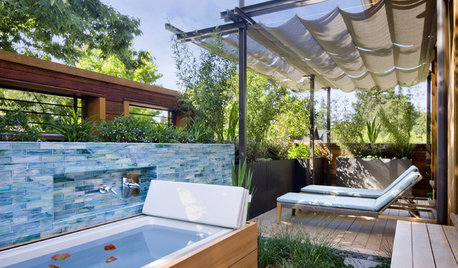
GARDENING AND LANDSCAPING13 New Ways to Make a Splash With a Hot Tub
Check out the modern options and custom features that are making outdoor spa tubs hot again
Full Story
DIY PROJECTSHide All Those Wires in a DIY Charging Station
Keep your gadgets handy and charged with a flexible storage board you can design yourself
Full Story
BEDROOMS11 Reasons to Love White Bedding
For easy bedding that makes neutrals sing and accessories pop, look to the white side
Full Story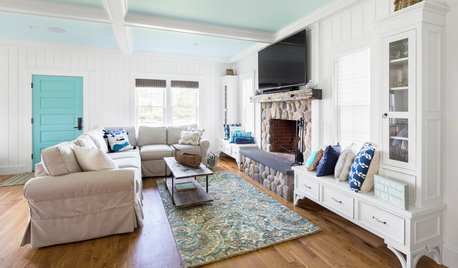
MOST POPULARDesign Debate: Is It OK to Hang the TV Over the Fireplace?
In the spirit of the upcoming political debates, we kick off a series of conversations on hotly contested design topics
Full Story
LIFE7 Things to Do Before You Move Into a New House
Get life in a new house off to a great start with fresh paint and switch plates, new locks, a deep cleaning — and something on those windows
Full Story
LIVING ROOMSHow to Convert Your Wood-Burning Fireplace
Learn about inserts and other options for switching your fireplace from wood to gas or electric
Full Story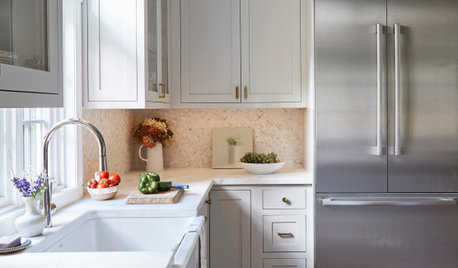
CLEANINGThe 8 Germiest Places in Your Kitchen
Learn the top hot spots for bacteria in your kitchen and what to do about them
Full Story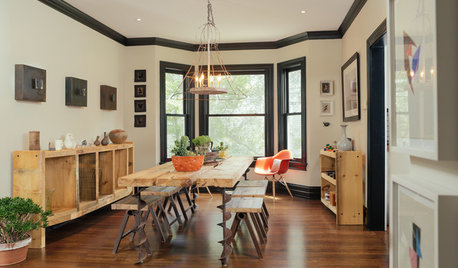
TRIMWhat Color Should You Paint Your Trim?
Learn the benefits of painting your trim white, black, neutral, a bold color and more
Full Story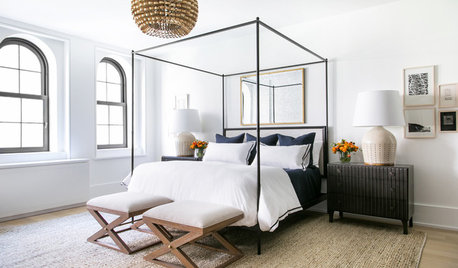
BEDROOMS11 Design Trends to Transform Your Bedroom
Wake up your sanctuary with these hot new bed styles, paint colors and more
Full Story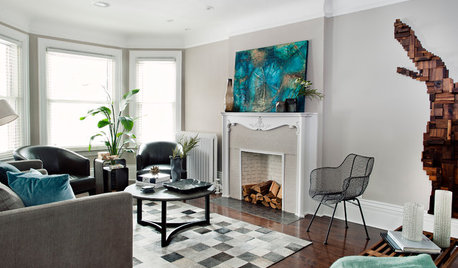
MOST POPULARCrowd-Pleasing Paint Colors for Staging Your Home
Ignore the instinct to go with white. These colors can show your house in the best possible light
Full StorySponsored
More Discussions

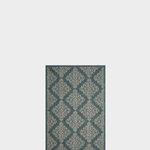
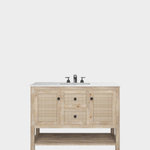
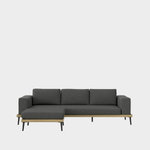
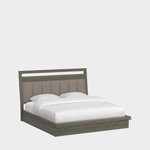



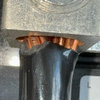
Ron Natalie